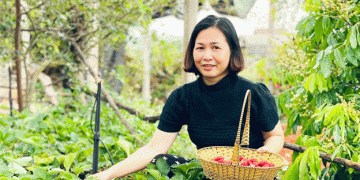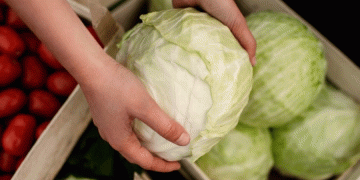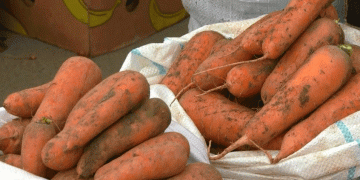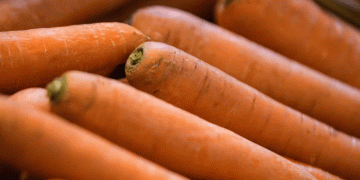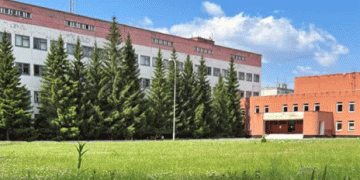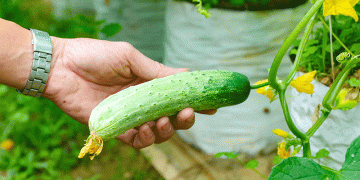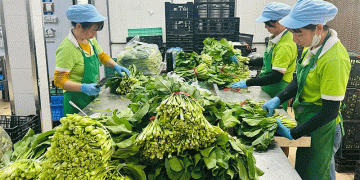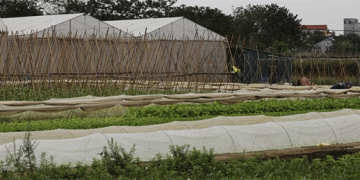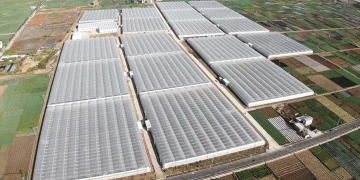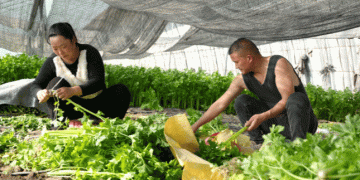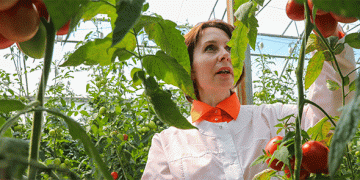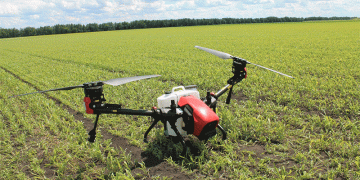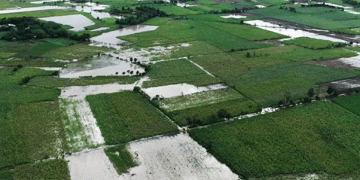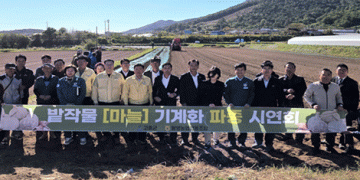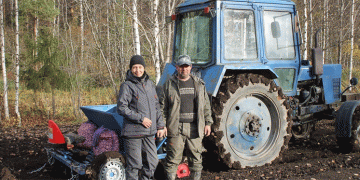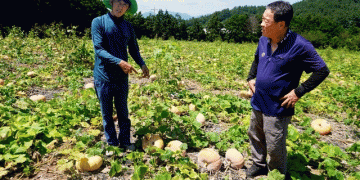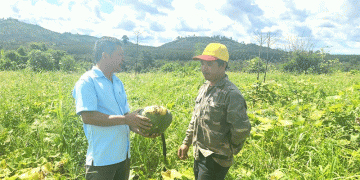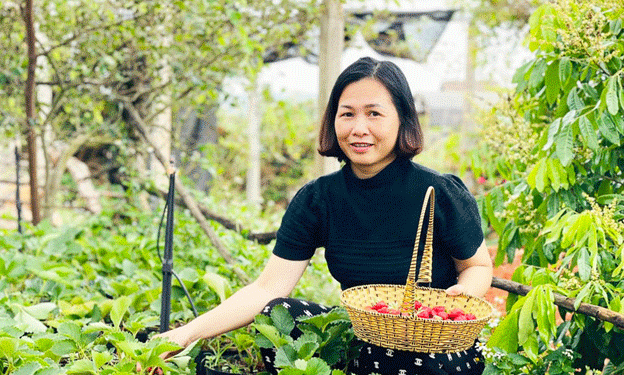What began as a modest experiment with two sào (720 square meters) of Japanese Hana strawberries in 2019 has since flourished into a thriving, one-hectare organic strawberry farm and a popular eco-tourism destination in Ia Băng Commune, Đak Đoa District, Gia Lai Province. For Nguyễn Thị Kim Loan, this hybrid model has not only solved the challenge of market access but also doubled her income.
Growing Organically, Marketing Creatively
Kim Loan employs an entirely organic system, using manure and organic fertilizers for soil preparation and fish-based nitrogen via drip irrigation during crop growth. She applies garlic oil monthly to manage pests like thrips and red spider mites, and trims leaves twice per season to maintain airflow and prevent fungal diseases. To sweeten the berries, she uses a banana-fermented bio-enzyme spray at the fruiting stage.
Loan has also creatively leveraged social media to market her garden. What began as online product promotion quickly turned into tourism opportunities as visitors began arriving for the experience of picking strawberries, learning farming techniques, and tasting local dishes such as canh rau tập tàng (mixed wild vegetable soup) and cá kho nghệ (turmeric-braised fish).
The Numbers Speak for Themselves
- Harvest season: Mid-December to April (aligned with holiday periods in Vietnam)
- Selling price: 200,000–400,000 VND/kg (~$8–16 USD/kg)
- Annual income:
400 million VND ($15,800 USD) after expenses - Strawberry variety: Hana (Japanese origin), known for sweet, crisp texture
- Yield cycle: Over 5 months from planting to harvest
She also cultivates peanuts post-harvest to replenish the soil and propagates strawberry plants using both in-field and greenhouse cloning methods, reducing input costs and generating additional revenue through selling young strawberry plants locally.
Tourists Add Value and Stability
More than just a farming operation, Kim Loan’s strawberry garden is now a field classroom and tourist attraction. Families, students, and teachers visit regularly, attracted by the hands-on experience and the peace of mind offered by organically grown, pesticide-free produce.
Phan Thị Xoan, a preschool teacher from Pleiku, said her students “were fascinated by the hands-on picking experience” and emphasized the importance of food safety in choosing Loan’s farm.
By combining safe farming and education with leisure, Kim Loan’s model aligns perfectly with Gia Lai’s agro-tourism development strategy, which emphasizes safe production, tourism diversification, and rural economic growth.
Official Recognition and Future Potential
Trần Văn Hùng, Deputy Chairman of the Ia Băng People’s Committee, noted that the model addresses both market access and product value enhancement while supporting local tourism efforts.
With provincial tourism goals focusing on green destinations and agricultural experiences, Kim Loan’s initiative serves as a template for rural revitalization—merging ecology, education, and entrepreneurship in a single enterprise.
Nguyễn Thị Kim Loan’s success story demonstrates the power of innovation and adaptability in rural agriculture. By merging organic farming practices with interactive tourism, she has created a resilient, profitable, and educational model that enriches both the land and the local economy. Her journey offers a roadmap for farmers seeking to diversify their income while contributing to sustainable development.
